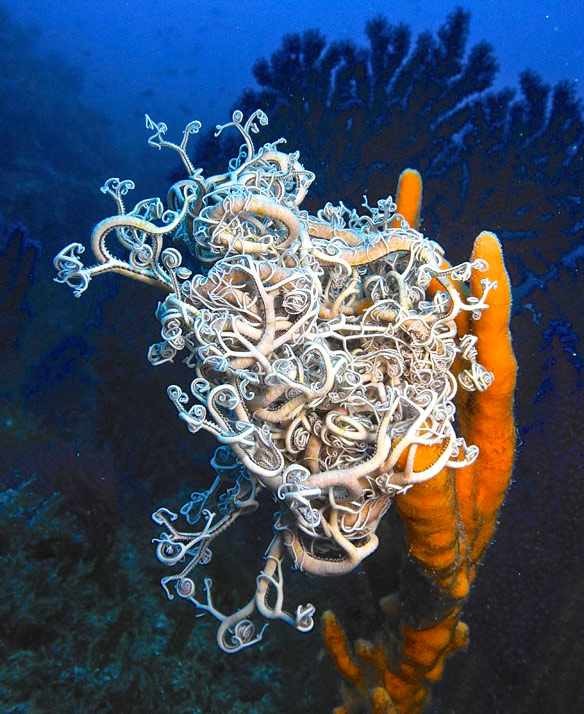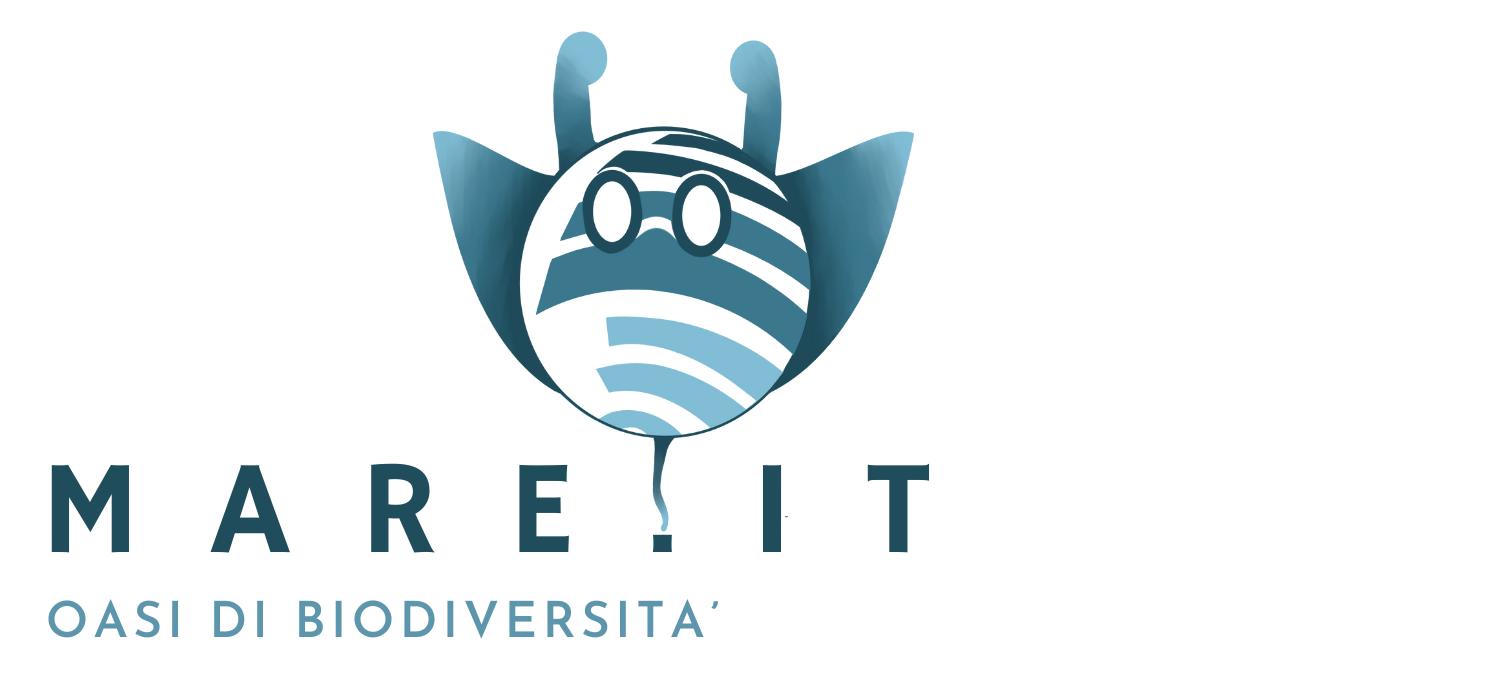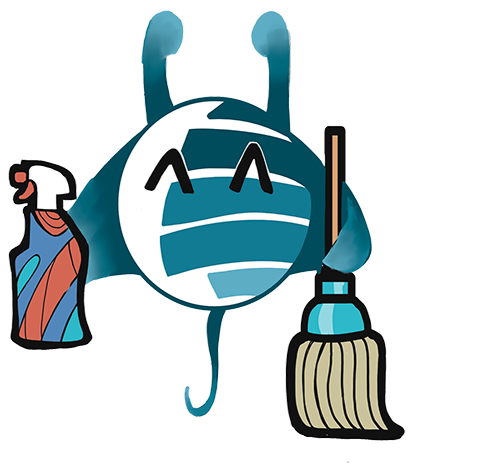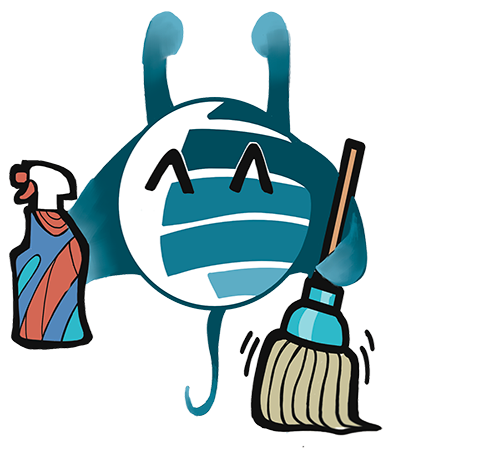Its common name in several languages including Italian associates it with the Gorgons. And one of them, Euryale, is evoked by the order of the Euryales to which it belongs. But it is certainly not a monster, as the mythological figures with hair formed by snakes were considered. Quite the opposite.
The Gorgon star or Astrospartus mediterraneus is a marine animal of astonishing beauty. A living lace, when at night it completely opens its spectacular tentacles to get food. And it is in that form that the reference  to the Gorgons appears evident. And the origin of its scientific name from aster, star, and spartus, shrub, for the numerous ramifications of its arms. Instead, during the day, when it is not busy feeding, and folds its tentacles, it forms a sort of ball or basket that justifies the name in English of basket star.
to the Gorgons appears evident. And the origin of its scientific name from aster, star, and spartus, shrub, for the numerous ramifications of its arms. Instead, during the day, when it is not busy feeding, and folds its tentacles, it forms a sort of ball or basket that justifies the name in English of basket star.
The Astrospartus lives at depths between 30 and 800 meters in the western Mediterranean and the North Atlantic, along the coasts of Spain and West Africa up to Senegal. Widely distributed off the African coast of the Mediterranean, it is less so around Italy, where, although it is present from the sea of Sicily to those of Tuscany and Sardinia, it is quite rare to meet it. Since it is a photophobic animal, which avoids light, it is active at night and prefers poorly lit and deep sites.
With its light color, which can vary between gray and yellow with pink hues, it stands out against the dark red of the red gorgonian (Paramuricea clavata), also a filter-feeding animal, on which it prefers to settle, but it also does so on the white gorgonian (Eucinella singularis) and on various species of sponges. To attach itself to the animals it hosts, it uses small hooks present at the ends of the numerous branches of its ten, thin tentacles. They all start from the central body, formed by a disk with a maximum diameter of around 8 centimeters, in which the five symmetrically arranged sectors can be distinguished. They are the distinctive element of the Echinoderms, of which the Astrospartus is also a part.
The body has a mouth, to which the tentacles bring food, as they capture it by filtering the plankton present in the water column, but also by wrapping and "imprisoning" small fish and marine animals. The width of the crown of tentacles with all their ramifications, when fully unfolded, can reach 80 centimeters in diameter, thus tenfold the size of the central body and serves to procure as much food as possible. Then, when the need to feed is satisfied, the scenic offshoots are folded one after the other, until they form the basket shape typical of the resting phase of the beautiful sea gorgon.



